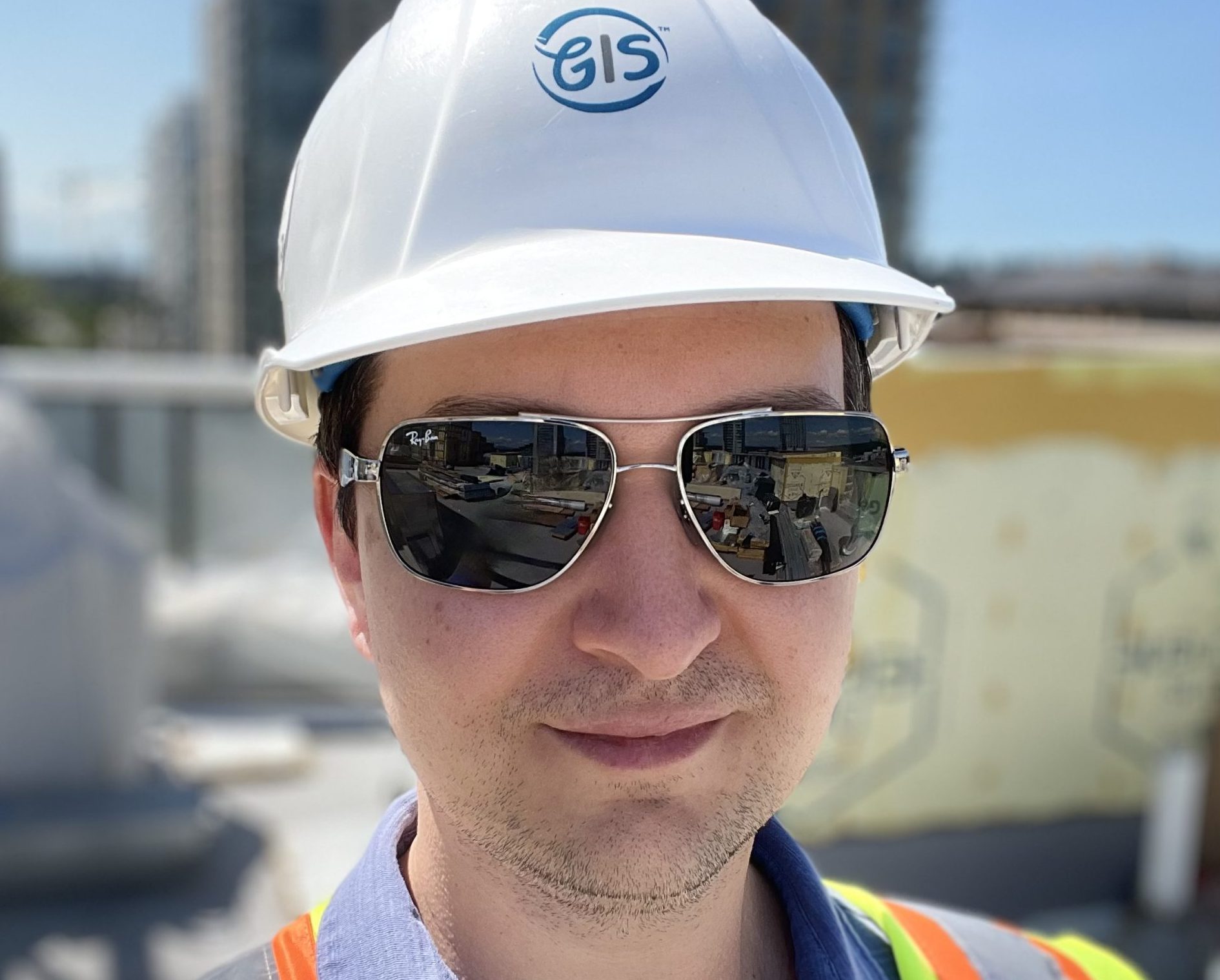
Some of you might know that I used to be a registered representative by FINRA (when it was still called NASD) at the beginning of my career. The first question we would always ask, and most cover-you-butt forms would re-state, was: “What is your investment objective?” Most experienced investors know the three main investment objectives: growth, income, and growth and income. If you are not, this article is not for you, so I assume you understand what I am talking about. As you might have noticed, this website discusses investing in real estate development.
Traditionally, real estate investment targets income objectives. These investments usually deploy funds into income-generating properties. Investors get to enjoy the tax benefits of depreciation and the relative stability of their investment. These assets usually generate stable income, proven by historical track record. In many cases, there are opportunities for some capital appreciation due to value-add strategies implemented by operators and natural market appreciation. Real estate development, on the other hand, is a riskier strategy but one that can help generate substantially higher returns.
Here are my top five reasons to invest in multifamily new development:
- Portfolio growth, also known as Capital Appreciation: If Growth is your objective, investing in real estate development should be part of your investment strategy. Our typical target for a real estate development project is for investors to double their money during the course of the project. An average time horizon is five years, so we target a 20% annual return.
- Diversification: Many investment portfolios could benefit from alternative investment options. Real estate development offers just that. While these types of investments are considered to be illiquid, they also are not as susceptible to daily price fluctuations and reactionary market swings. According to the National Bureau of Economic Research (NBER), the average U.S. recession lasted about 17 months in the period from 1854 to 2020. In the post-World War II period, from 1945 to 2020, the average recession lasted about 10 months. This allows many investors to “weather the storm” in case of a downturn. At the time of writing, we are in Q1 2024. Many economists project a recession this year, followed by another decade of rapid growth.
- High demand for housing: You can capitalize on the increasing demand for housing, especially in urban areas, and as population and job growth drive up the need for affordable and convenient living spaces. Look for growing areas, communities that evolve, areas with positive net migration, and areas where major employers expand.
- Lower maintenance costs: You can save on repair and maintenance expenses by building new units that comply with the latest building codes and standards and that use durable and sustainable materials.
- Positive social impact: You can contribute to your community’s social and economic development by providing quality housing, creating jobs, supporting local businesses, and improving the urban landscape.
These are some of the reasons why multifamily developments are an attractive investment option in the current real estate market. There are risks and challenges to be aware of, such as dealing with zoning and permitting issues, managing construction costs and timelines, complying with environmental and safety regulations, etc. Many active developers without sufficient experience fail to recognize the challenges. By passively investing with an experienced developer, you can minimize those risks and improve your upside.
I would allocate about 10% of your portfolio towards a real estate development investment. Try our scorecard below to find out if you are ready.
Disclaimer:
By no means this is an investment advice. This is just some financial wisdom you found on the internet, so please be sure to consult with your licensed financial advisor. This is also not an offer to sell securities. And, just in case, past performance is not indicative of future results.